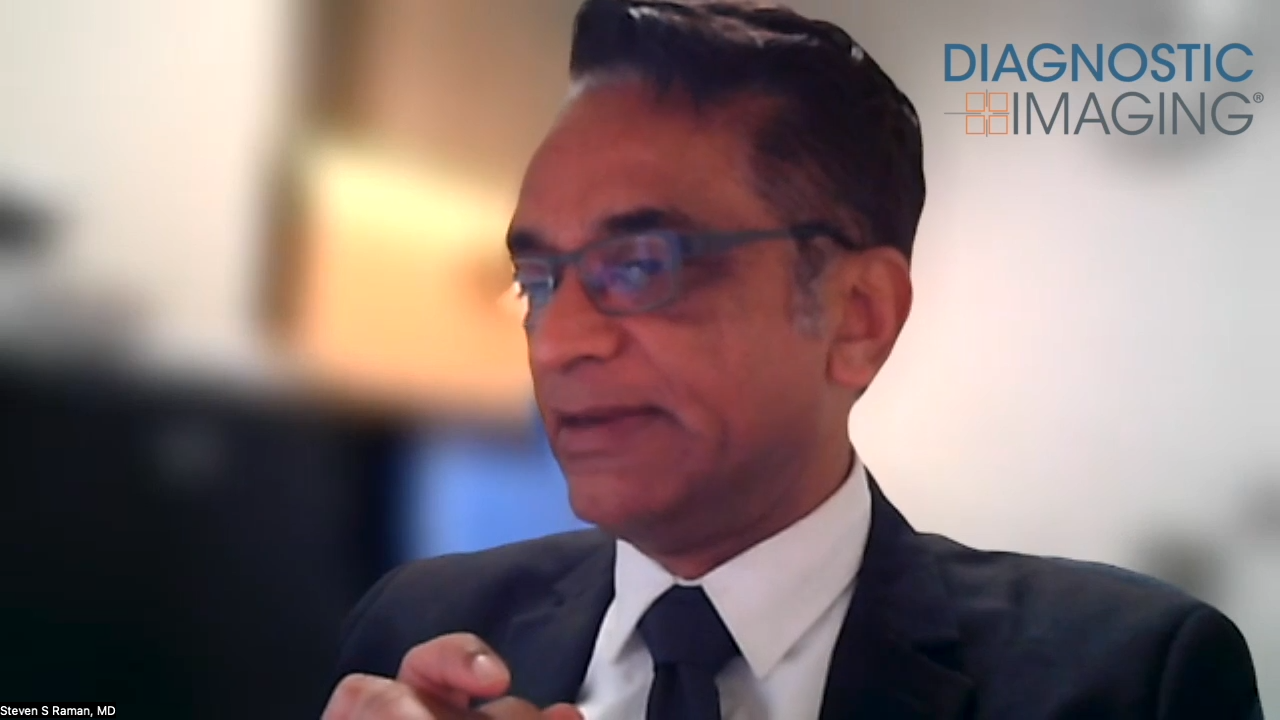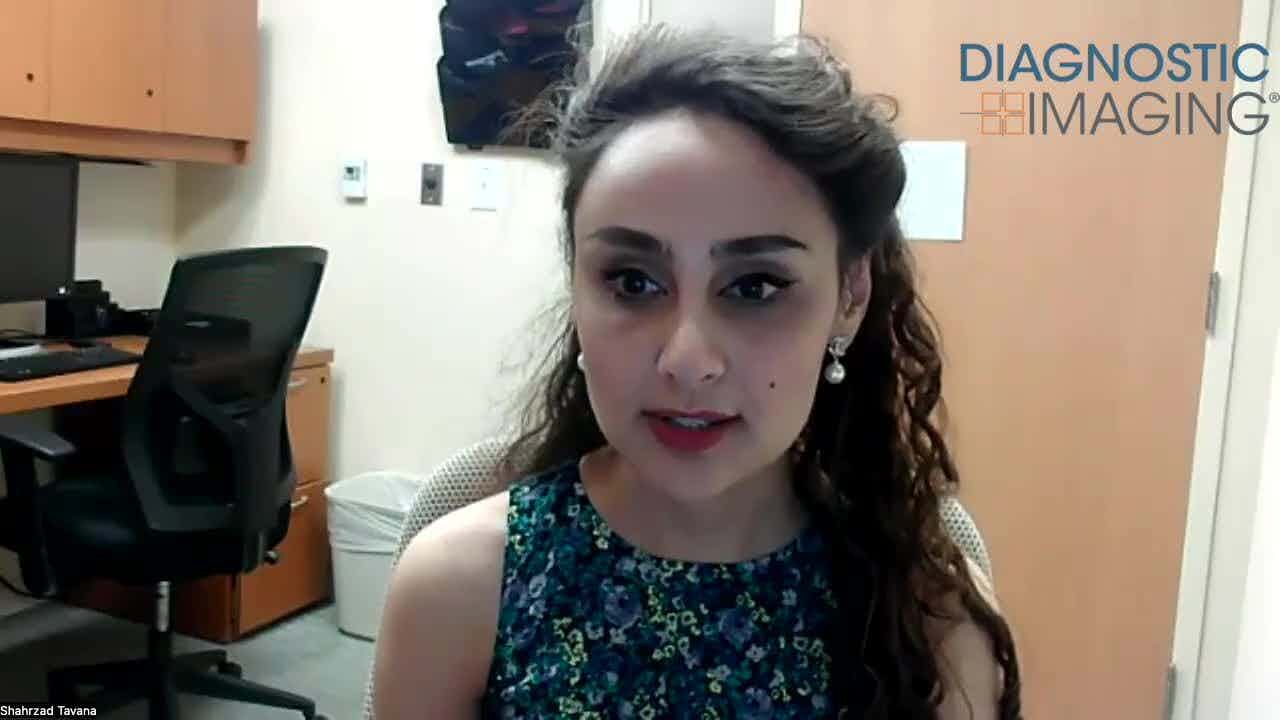MR Elastography Growing as Preferred Modality for Liver Diagnosis
MR elastography is the preferred method for assessing liver stiffness and is growing in availability. Here’s the background, benefits, and future of this nascent modality.
Once available only to radiologists who purchased new MRI equipment, MR elastography technology is becoming widely available as an upgrade feature to older machines. This expansion not only greatly improves patient care, industry experts said, but it also impacts costs and efficiency.
MR Elastography (MRE) - now available at 100 locations on five continents - is the industry-preferred method for assessing liver stiffness or elasticity. This condition characterizes liver disease and is most often diagnosed through palpation. However, there is a limit to how much tissue providers can feel. While conventional MRI is a powerful tool, liver disease, such as fibrosis or cirrhosis, creates no anatomical changes to the organ, making identification difficult and often requiring a needle biopsy.
“MR elastography provides a safer, more comfortable, non-invasive alternative to liver biopsy for assessing liver disease,” said Richard Ehman, MD, professor and chair of radiology at the Mayo Clinic in Minnesota, noting that needle biopsies are often painful.
Being able to analyze liver health in a faster, more reliable way is particularly important now, he said, as the level of obesity and the associated fatty liver disease is rising in the United States. Currently 1 in 3 Americans lives with fatty liver disease, and within 10 years, he said, this condition will be the leading cause for liver transplant. MRE is also beneficial in diagnosing and treating the 25 percent of Hepatitis C patients who develop liver fibrosis, the large build-up of proteins in the liver that eventually leads to cirrhosis.
What Is MRE and How Does It Work?

Approved by the FDA in 2009, MRE is a non-invasive, highly-sensitive method for determining the level of liver disease through the use of low-frequency mechanical waves. It is designed to facilitate faster diagnosis and avoid potentially dangerous - and often inaccurate - liver biopsies, said Ehman, who pioneered the MRE technology and worked with GE Healthcare to bring it to market.
Once installed, this tool pumps 60 Hz waves through a plastic tube to a small, non-metallic drum placed over the abdomen. Slower wave movement correlates to higher stiffness. Standard MRI imaging captures the miniscule movements of the tissue, and, using a special algorithm, converts the data into a color-scale picture that corresponds to the level of liver stiffness.
MRE differs from ultrasound elastography. With the ultrasound method, a probe is pushed across tissue, and a scanner records how the tissue deforms. However, Ehman said, this doesn’t provide a quantitative measure of the tissue’s actual stiffness.
According to Ehman, an MRE scan can be completed with four breath holds - approximately a minute - and is often conducted and billed as part of other abdominal MRI protocols. Based on the color-scale picture, radiologists can instantaneously know whether the patient has a healthy or diseased liver. Liver tissue stiffness is measured in kiloPascals (kPa), with a normal liver having a stiffness of roughly 2 kPa, the same consistency of fat inside the body. Diseased livers range from 3 kPa to more than 10 kPa.
Since MRE’s FDA approval, GE Healthcare has been the main vendor for the tool with its MR Touch product. Siemens has also worked with the Mayo Clinic to provide MRE on its existing MAGNETOM Aera and Skyra MR machines.
Overall, said Richard Hausmann, GE’s president and CEO officer of global MR business, MRE greatly enhances what MRI studies provide.
“MRE offers an accurate assessment of stiffness in the liver, even for deeper tissues not reached by palpation,” he said. “It’s helped increase confidence in diagnoses in this area, and it’s one piece in an attempt to make overall diagnosis less invasive.”
Benefits to Patients and Providers
MRE offers several benefits to patients, Ehman said, but one of the biggest is that it side-steps the need for a needle biopsy. Liver tissue is heterogeneous, so a biopsy based on only a small piece of tissue from one location is predisposed to inaccuracy. In a 2010 article in Clinical Anatomy, Ehman reported MRE achieves a 99 percent-accurate diagnosis rate.
“MR elastography provides images that show the status of liver tissue over large cross-sectional areas,” he said. “So, it may provide a reliable assessment of the extent of liver fibrosis.”
Biopsies are also expensive, carrying a price tag of up to $2,000, and can sometimes lead to complications. In fact, 1 in every 10,000 patients who undergo a liver biopsy dies, Ehman said.
MRE can also hasten treatment for Hepatitis C-induced fibrosis. By analyzing more tissue than a physician can with palpation, MRE can identify which patients are developing the condition and would benefit from existing medication. Early diagnosis and access to appropriate drugs is critical in treating this chronic infection.
Using this tool also offers positives to providers. Test results are immediate, eliminating the delay caused by waiting on pathology results. Because the procedure is non-invasive, providers can request it be done repeatedly to assess whether prescribed liver therapy is working or if the condition is progressing. In addition, Ehman said, pharmaceutical companies can also use the technology during clinical trials to gauge success rates.
There is a challenge, however, to using the technology, Hausmann said.
“Providers must have a robust, high-quality, and stable system to use these sensitive contrast sequences,” he said. “You need a stable, high-quality electronic system and additional small, MR compatible acoustic devices.”
You could also encounter difficulty if you’re imaging a patient with liver disease due to iron overload, Ehman said. The high iron levels black out the MR image. However, new technology is under development to eliminate that problem.
Future Use
Although MRE is only currently approved for use with the liver, Ehman said it could potentially be effective in identifying and diagnosing other types of cancer, such as breast or prostate, because these malignancies also present as being harder than healthy tissue. GE’s Hausmann predicted potential MRE applications in cardiology with heart attack patients and in neurology with patient’s living with Alzheimer’s.
However, Ehman said, the next anticipated application will be with the benign tumors of the head known as meningioma. If surgeons can remove the tumors, patients often make a full recovery. By simply adding a pillow-like device under the head, technologists can send the MRE mechanical waves through the skull to assess the stiffness of these masses. Not only could using MRE improve patient care and outcomes, but it could also enable the radiologist to more fully prepare surgeons.
“Some of these tumors are very hard and stiff, and surgeons have to remove them in little pieces, carefully dissecting the overlying tissue. That can lead to 10 or more hours of surgery,” Ehman said. “Others are so soft they can literally be removed by suction in about two hours. Using MRE to determine how stiff a tumor is can help surgeons know what they’re facing.”
What New Research Reveals About Novice Use of AI-Guided Cardiac Ultrasound
April 4th 2025In a study recently presented at the American College of Cardiology (ACC) conference, researchers found that novice use of AI-guided cardiac ultrasound after an AI-enabled electrocardiogram increased the positive predictive value for reduced left ventricular ejection fraction (LVEF) or aortic valve stenosis by 33 percent.
New AI-Enabled Portable Ultrasound May Facilitate 50 Percent Reduction in Cardiac Imaging Scan Time
March 28th 2025Artificial intelligence (AI)-powered measurement capabilities provide key features with the Compact Ultrasound 5500CV device, which was unveiled at the American College of Cardiology (ACC) conference.










